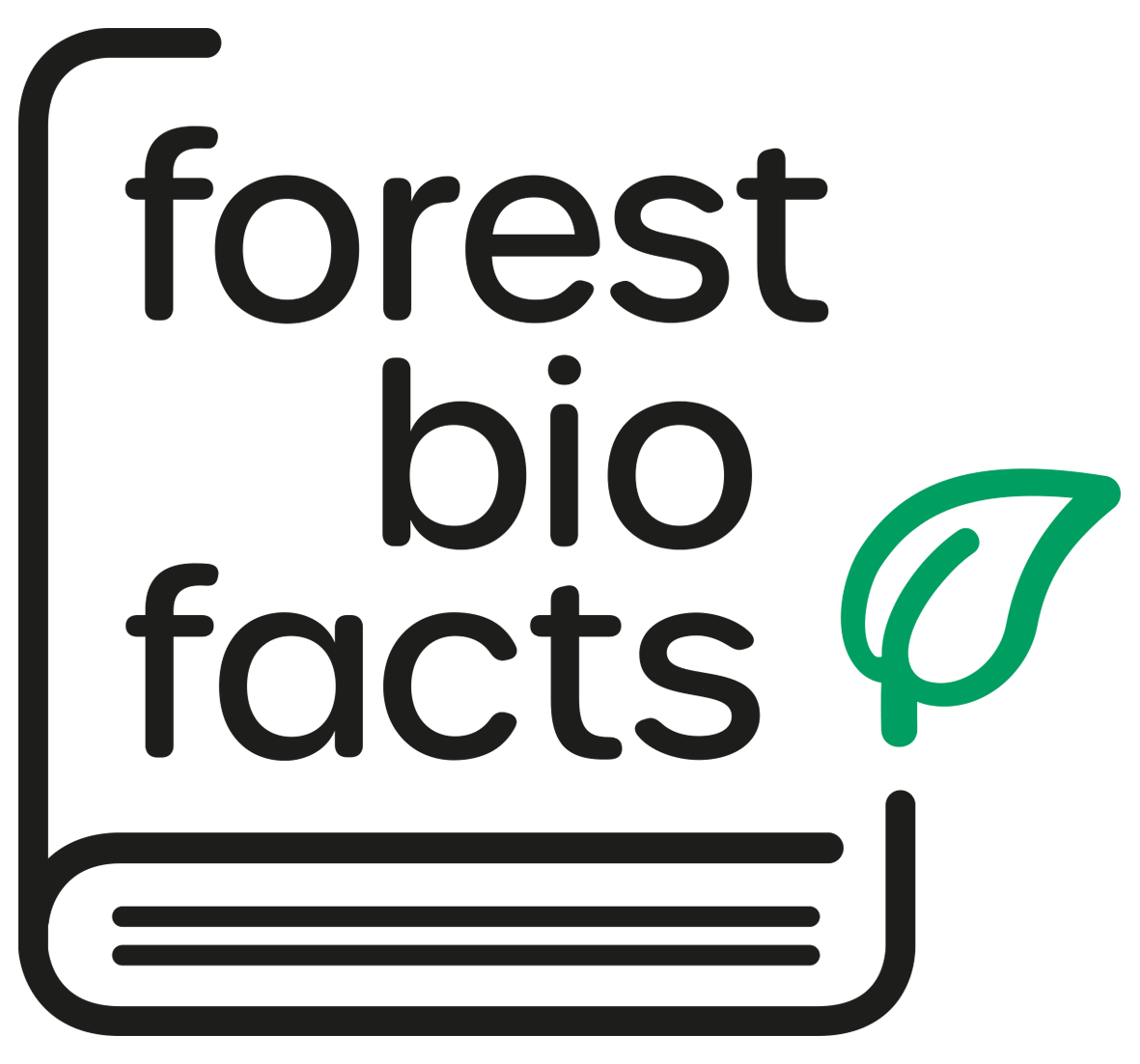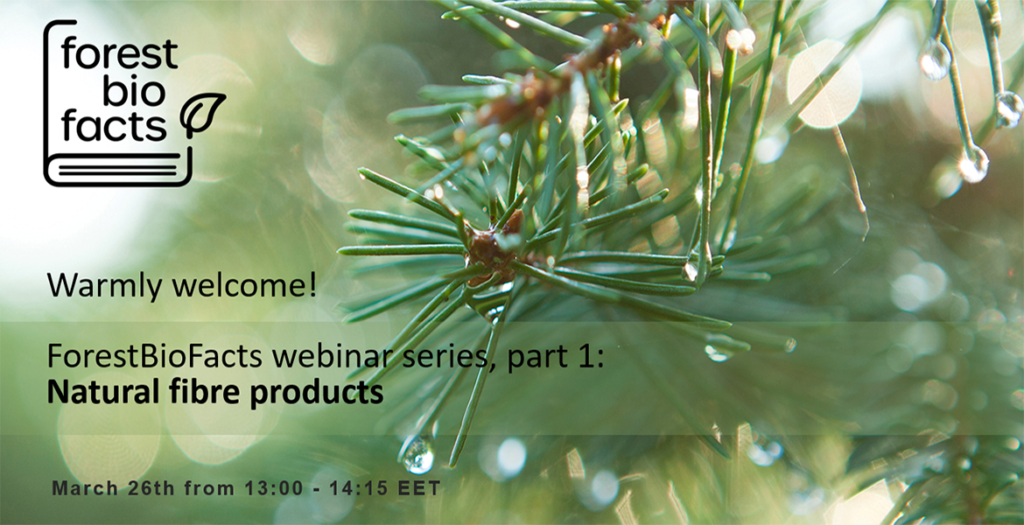Webinar series on ForestBioFacts started
All the 16 themes of ForestBioFacts learning environment will be covered over a series of monthly webinars. The first one concentrated on Natural fibre products -theme and what’s new in the field.
ForestBioFacts is the largest digital learning environment in the world on forest-based bioeconomy, with over 1 500 articles and 300 videos. The material consists of 16 themes which cover the whole value chain from forest-based products to technologies and sustainable forest-management.
On the 26th of March, a webinar series began, with Professor Jouni Paltakari from Aalto University introducing the first theme: natural fibre products. The broad area includes printing and writing papers, paperboards, tissue, nonwovens, and speciality papers.
Paltakari is the editor-in-chief of the theme in ForestBioFacts. He gave a brief tour of the theme in the learning environment. Besides presenting the basic properties and end uses of the main natural fibre products, the theme focuses on the key processes, technologies, and phenomena behind the products, from production and converting paper and board, to papermaking chemistry, physics, and printing.
“At this stage we have covered all areas with basic information, and certain parts more deeply. Work goes on to deliver more in-depth and advanced level material to the platform”, he promised.
Thinner and Lighter
Innovation Manager Juuso Rantanen from Tervakoski Oy talked about specialty papers and their current and future trends. Specialty papers are produced in small volumes, but even as small parts in whole, they produce great value, such as filter papers. Often specialty papers are used in specific purposes, and unique qualities are required. Examples vary from electrical insulation paper to biodegradable hamburger wrappers, heat-resistant baking papers, or biodegradable paper straws, which replace plastics.
For flexible packaging and barrier papers there are several ways to create functionality. This can be achieved with a barrier-coating layer; or a functional layer can be added in a separate converting step, such as lamination, waxing or metallising. Sometimes the functionality is created in the base paper by chemical or organic treatment.
Flexible packaging and barrier papers also can be classified according to their end uses: to oil- and grease-proof papers such as baking and parchment papers or fast-food pouches, and protective wrapping papers, which is a very versatile group with dozens of subcategories. Specific end-uses require different shelf-lives and different combinations of barrier properties.
The biggest current trend in the field is sustainability in its different aspects, including replacing plastics with natural fibre products. There also is lots of new legislation in the field.
“We see the challenge here because the regulatory and compliance issues are very complex. It is a very slow process to bring up new standards, especially when regulations differ from country to country”, Rantanen said.
“The general trend in addition to all above is that brand owners and customers are moving to higher resource-efficiency. We must develop thinner and lighter solutions all the time.”
Coatings and surfaces for the future
Senior research fellow Johanna Lahti from Tampere University gave an introduction of the work of the university’s research group of Paper Converting and Packaging Technology with snapshots on extrusion coating and multilayer barrier structures, water-based barrier dispersion coating and other coating and surface functionalisations.
She focused on new materials that are being developed for new packaging solutions to fulfil the demands of the industry. The study of this group mainly focuses on extrusion coating, but also with lamination and water-based coating.
Currently, much work is done with relation to replacing fossil-based materials and finding more sustainable solutions. Also, because of emphasis on recycling, the use of recycled plastic as “raw-material” is being studied extensively.
“In the development of new materials, it is also important to test and pilot new approaches. In Tampere we have good facilities in testing new materials, combinations and processes and upscale them.”
Lahti gave insights into multiple new coating methods and materials for packaging.
Webinar recording is available in Webinars.

